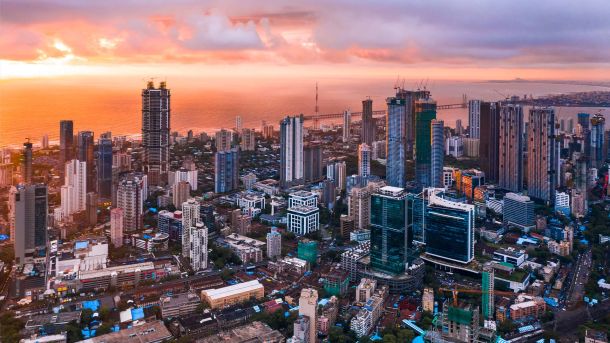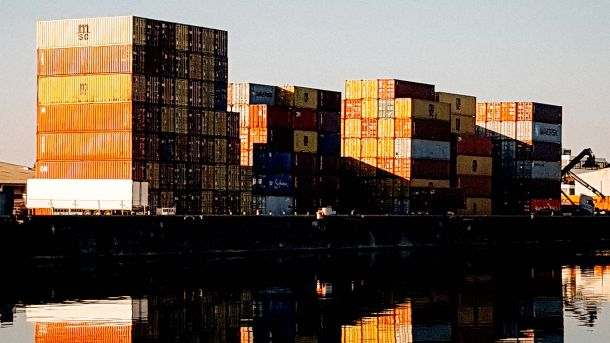
The employment statistics for the fourth quarter of 2024 indicate positive trends, with the unemployment rate decreasing from 32.1% in the third quarter to 31.9%. The expanded unemployment rate, however, remained steady at 41.9% from the third to the fourth quarter.
In South Africa, formal non-agricultural employment increased by over 132,000, rising from 16.9 million to 17.1 million in the fourth quarter. Correspondingly, the number of unemployed individuals declined by 20,000, stabilizing around 8.0 million.
Unemployment rates decreased in five out of the nine provinces, although Gauteng, Free State, and Northwest provinces saw increases in unemployment. Employment growth was observed across various sectors: the informal sector added 34,000 jobs and the formal sector gained 90,000 jobs, while the agricultural sector experienced a loss of 11,000 jobs.
Overall, these employment figures are encouraging, as the unemployment rate fell below the consensus forecast of 32.4% for the fourth quarter. This decline can be attributed to a reliable electricity supply and renewed economic confidence, which are beginning to yield tangible improvements in South Africa’s often challenging labour market as a developing country.





